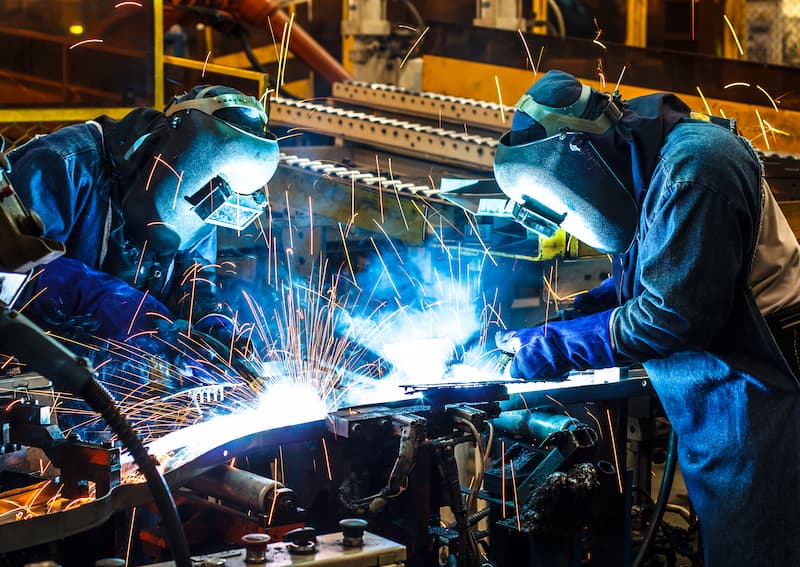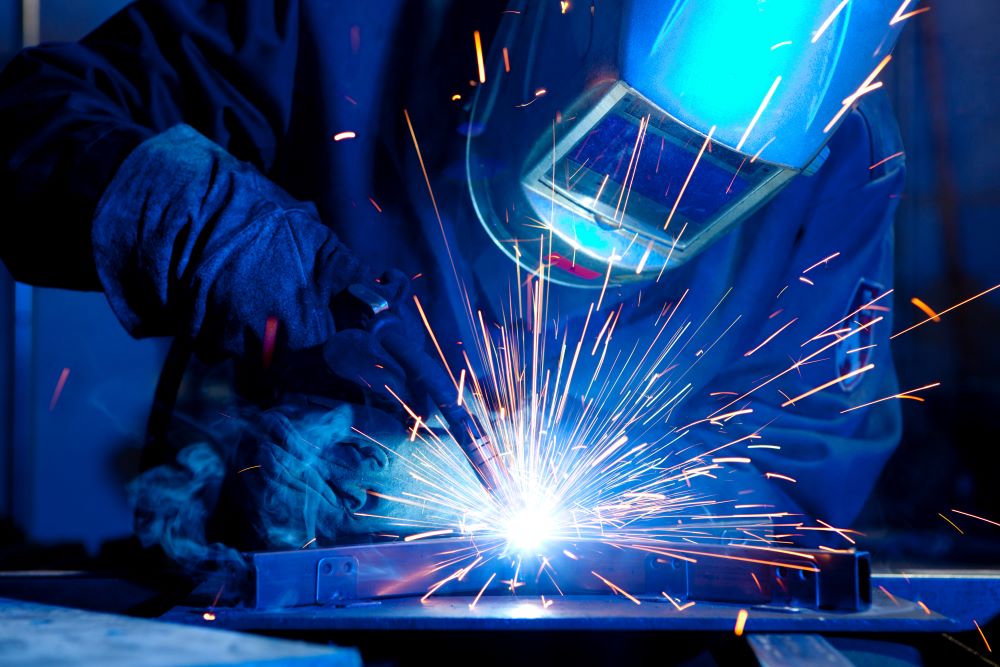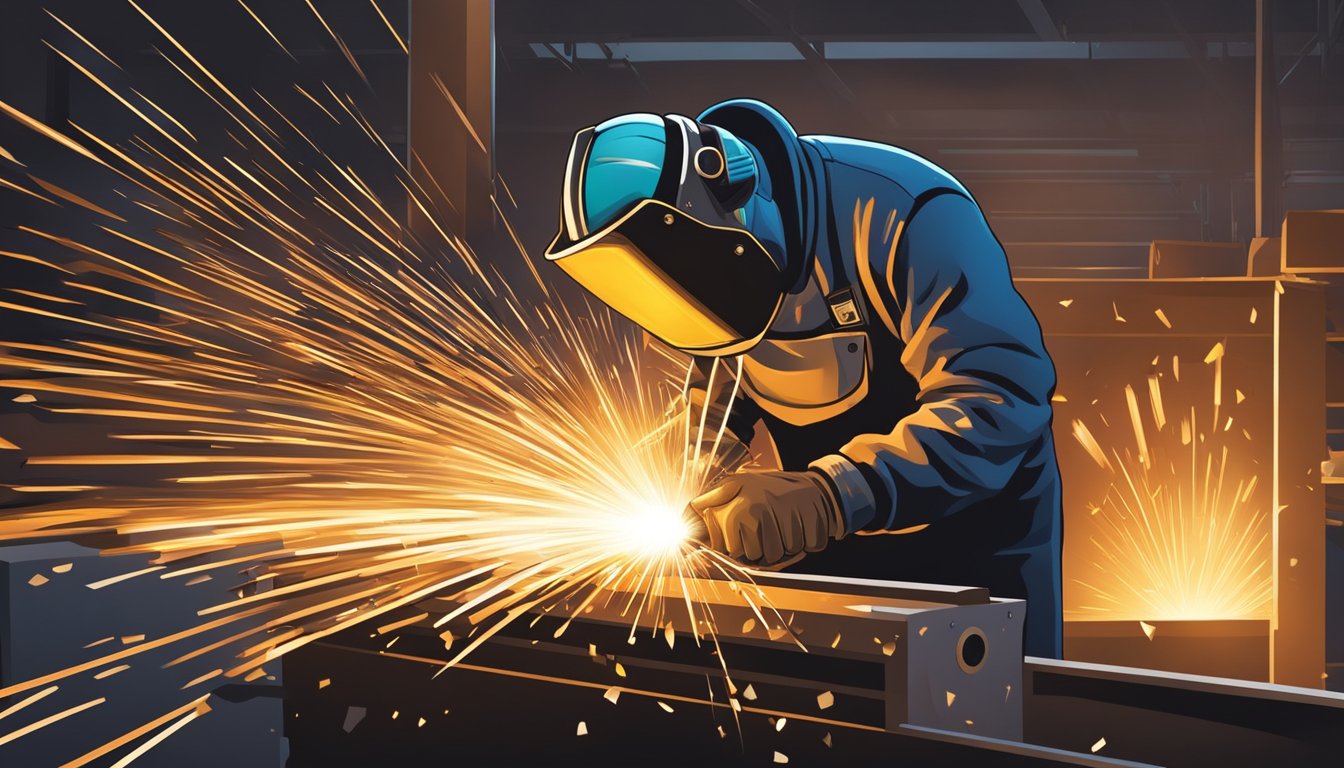The Ultimate Overview to Welding WPS Procedures: A Thorough Summary for Welders
In the elaborate world of welding, Welding Procedure Requirements (WPS) serve as the foundation of ensuring top quality, uniformity, and security in welding operations (welding WPS). As we delve into the numerous parts of a WPS and discover the ins and outs of certification and accreditation, we will discover the important role these treatments play in the world of welding.
Significance of WPS Procedures
Comprehending the significance of Welding Treatment Specifications (WPS) treatments is vital for making sure the high quality and integrity of bonded frameworks. WPS procedures act as a roadmap for welders, outlining the essential actions, parameters, and products called for to accomplish a sound weld. By sticking to WPS standards, welders can ensure uniformity in their job, leading to reliable and structurally sound welds.
One of the key reasons why WPS procedures are necessary is their role in maintaining weld high quality and stability. Adhering to the defined welding parameters and techniques detailed in the WPS aids prevent problems such as porosity, splitting, or insufficient blend, which can jeopardize the strength and resilience of the weld.

Components of a WPS
A Welding Treatment Specification (WPS) usually makes up essential parts that information the certain requirements for executing a weld, making sure consistency and top quality in the welding procedure. The essential parts of a WPS consist of important variables such as base metals, filler steels, preheat and interpass temperature levels, welding processes, securing gases, welding settings, and post-weld warmth therapy requirements.
Base steels refer to the products being signed up with, while filler metals are utilized to fill the gap between the base metals throughout welding. The welding procedure outlines the specific method to be utilized, whether it's gas steel arc welding (GMAW), secured steel arc welding (SMAW), or another technique. Welding settings specify the alignments in which welding can be executed.

Certification and Accreditation
Having actually developed the necessary components of a Welding Procedure Spec (WPS), the emphasis now moves in the direction of the vital facets of credentials and qualification in welding techniques.

Qualification, on the other hand, is the official acknowledgment of a welder's qualifications by an appropriate accreditation body or company. Welding accreditations are commonly based on the specific welding processes, materials, and placements a welder is qualified to collaborate with. Holding a valid welding qualification shows that a welder meets sector criteria and is skilled to carry out welding tasks to the needed requirements.
Developing a WPS
To develop a Welding Treatment Specification (WPS) that satisfies market requirements, careful factor to consider of welding processes, products, and operational specifications is essential (welding WPS). The very first step in creating a WPS is to recognize useful reference the welding process to be made use of, such as gas steel arc welding (GMAW) or protected metal arc welding (SMAW) Once the welding process is identified, the next crucial facet is choosing the proper materials, taking into consideration variables like base steel kind, density, and joint layout. Operational criteria such as welding current, voltage, travel speed, and securing gas composition have to likewise be meticulously specified in the WPS.

Implementing and Checking WPS
Upon completing the detailed Welding Procedure Specification (WPS) that carefully information welding procedures, materials, operational parameters, and top quality guarantee actions, the focus changes to effectively carrying out and monitoring the established procedures. Implementation includes guaranteeing that all welders involved in the project are familiar with the WPS and follow it carefully throughout the welding process. Efficient execution and tracking of the WPS are important for making certain the honesty, strength, and safety and security of the bonded joints, inevitably contributing to the general success of the welding project.
Final Thought
In conclusion, understanding and adhering to Welding Treatment Specifications (WPS) is important for welders check out this site to make certain quality, consistency, and security in their job. By knowing the components of a WPS, acquiring appropriate qualifications and certifications, producing detailed procedures, and carrying out and checking them properly, welders can boost their skills and proficiency in welding methods. Sticking to WPS treatments is crucial for producing top quality welds and meeting industry requirements.
In the detailed world of welding, Welding Procedure Specifications (WPS) serve as the backbone of guaranteeing quality, consistency, and security in welding operations. The welding process outlines the particular technique to be used, whether it's gas metal arc welding (GMAW), shielded steel arc welding (SMAW), or an additional approach.To create a Welding Treatment Spec (WPS) that satisfies market standards, careful consideration of welding procedures, products, and functional criteria is essential. The first action in producing a WPS is to determine the welding process to be used, such as gas steel arc welding (GMAW) or secured metal arc welding (SMAW)Upon settling the detailed Welding Procedure Specification (WPS) that meticulously information welding procedures, materials, functional parameters, and quality guarantee procedures, the focus changes to properly carrying out and keeping an eye on the recognized treatments.